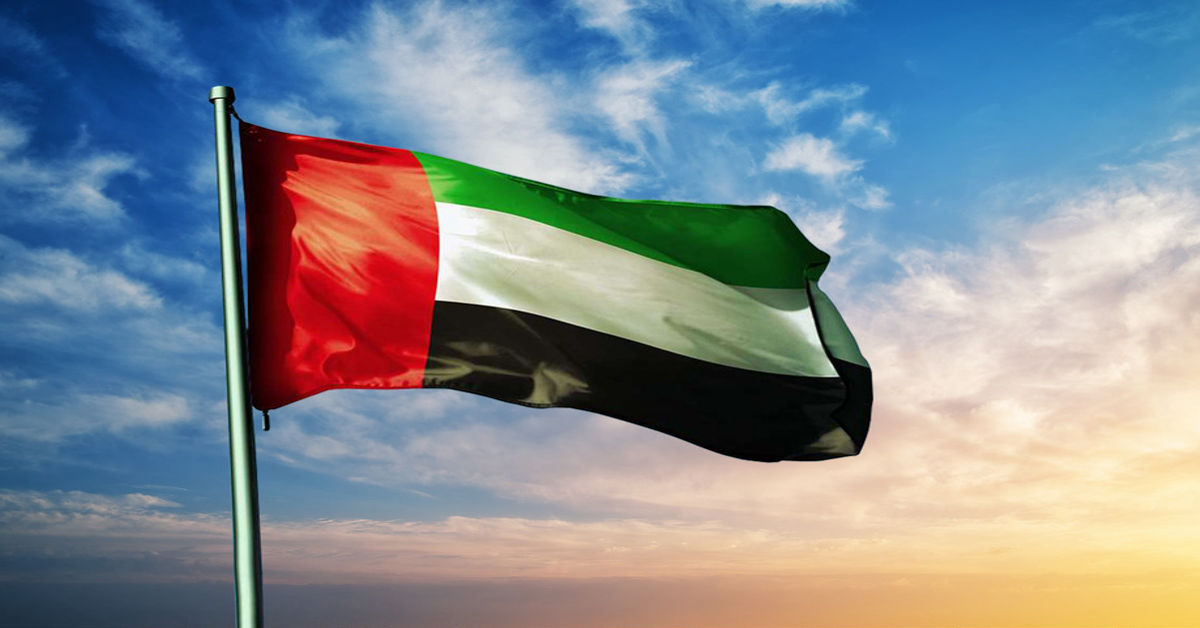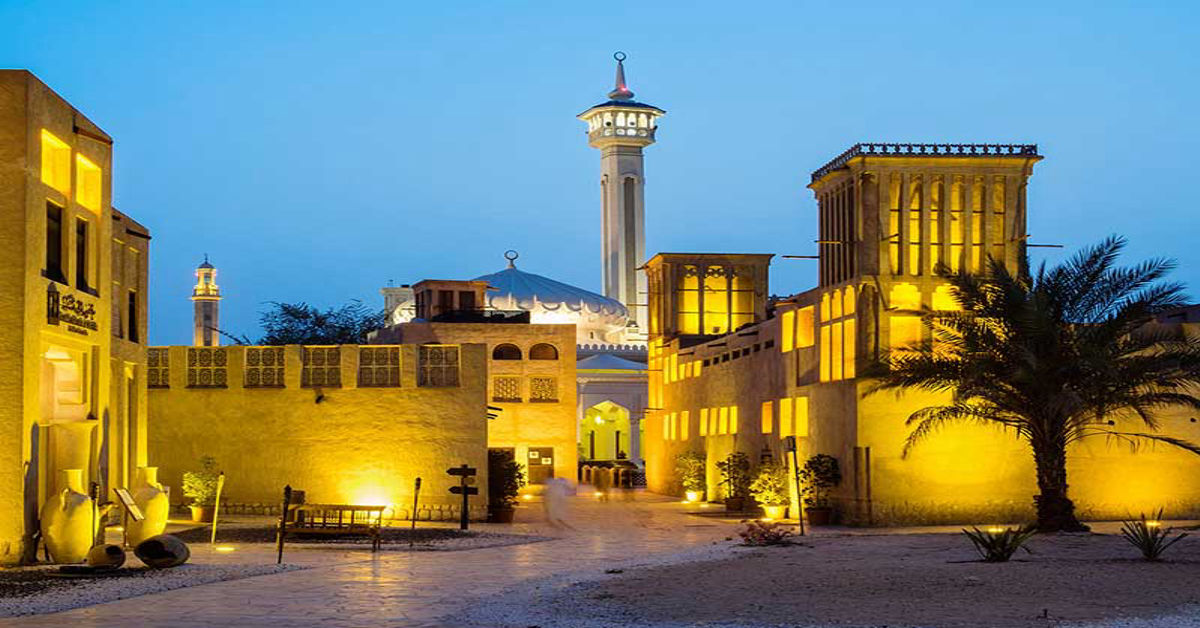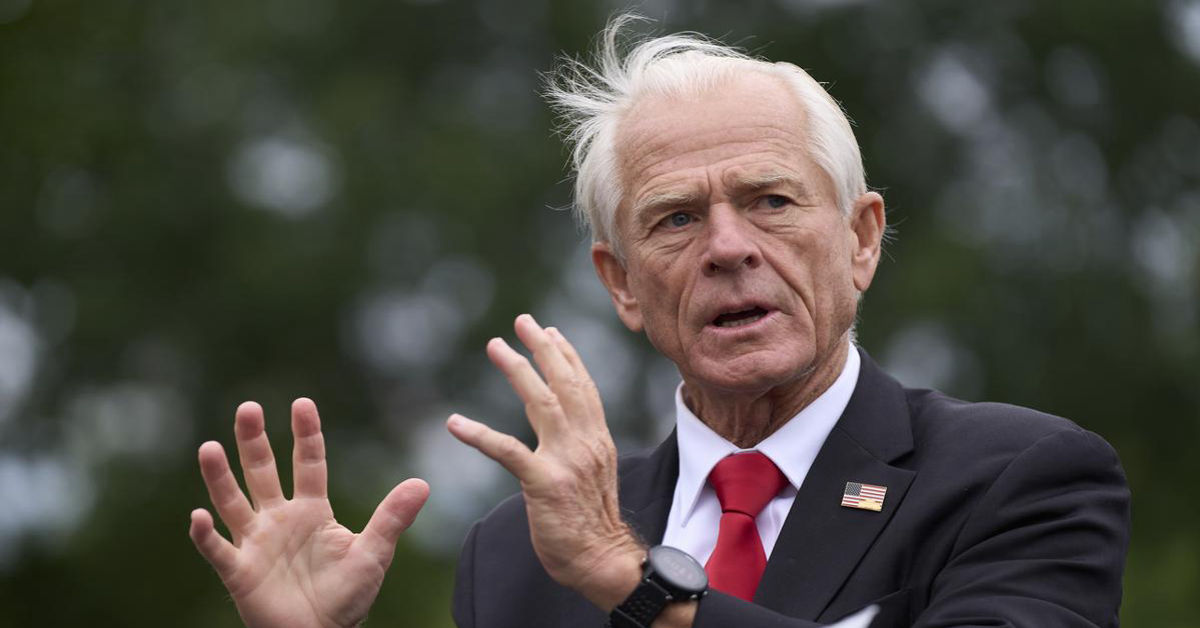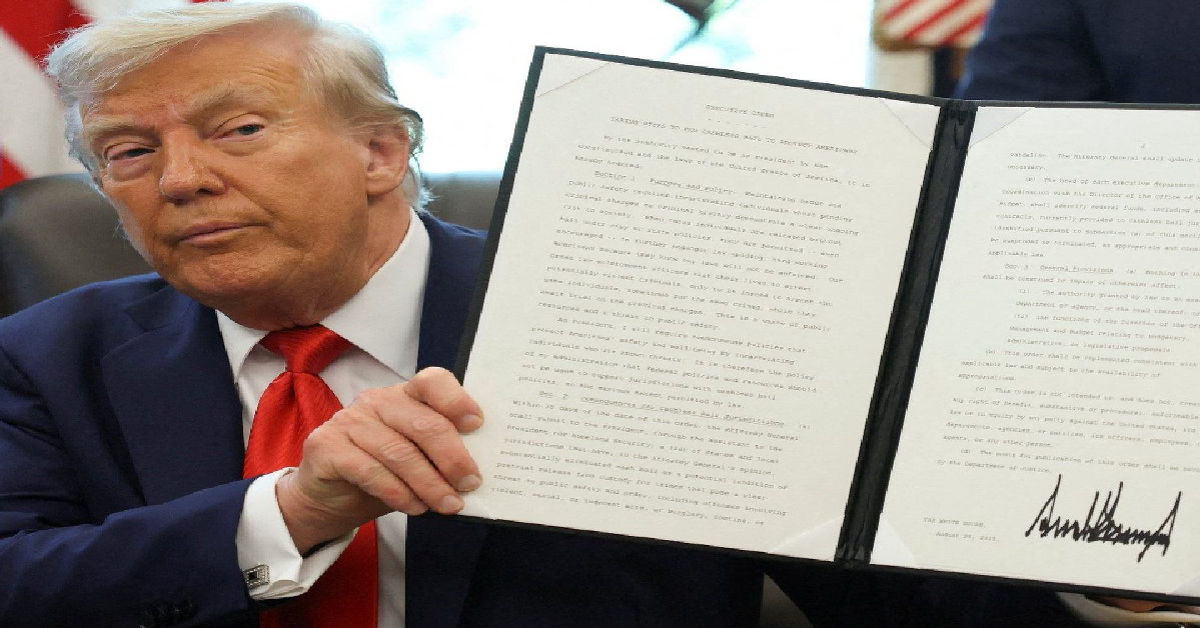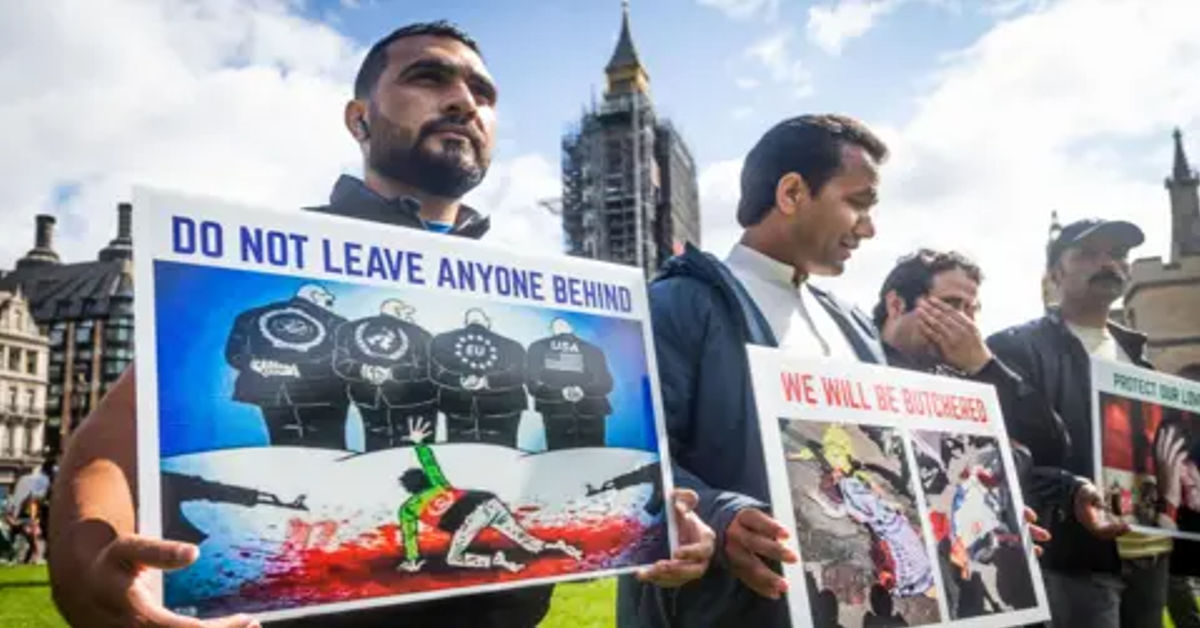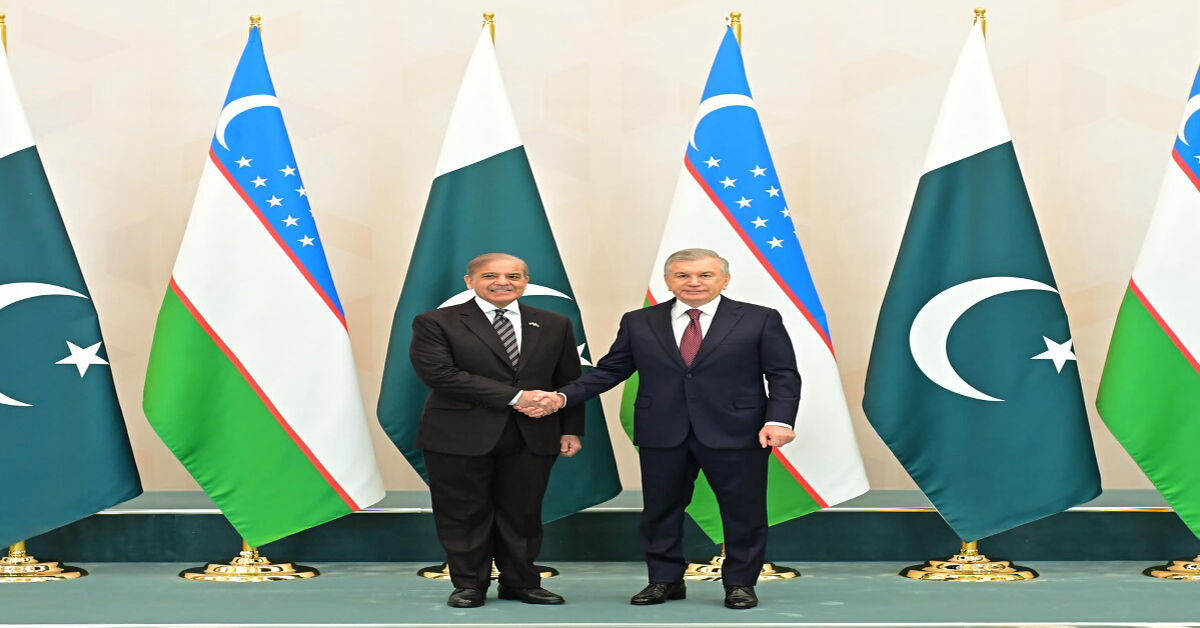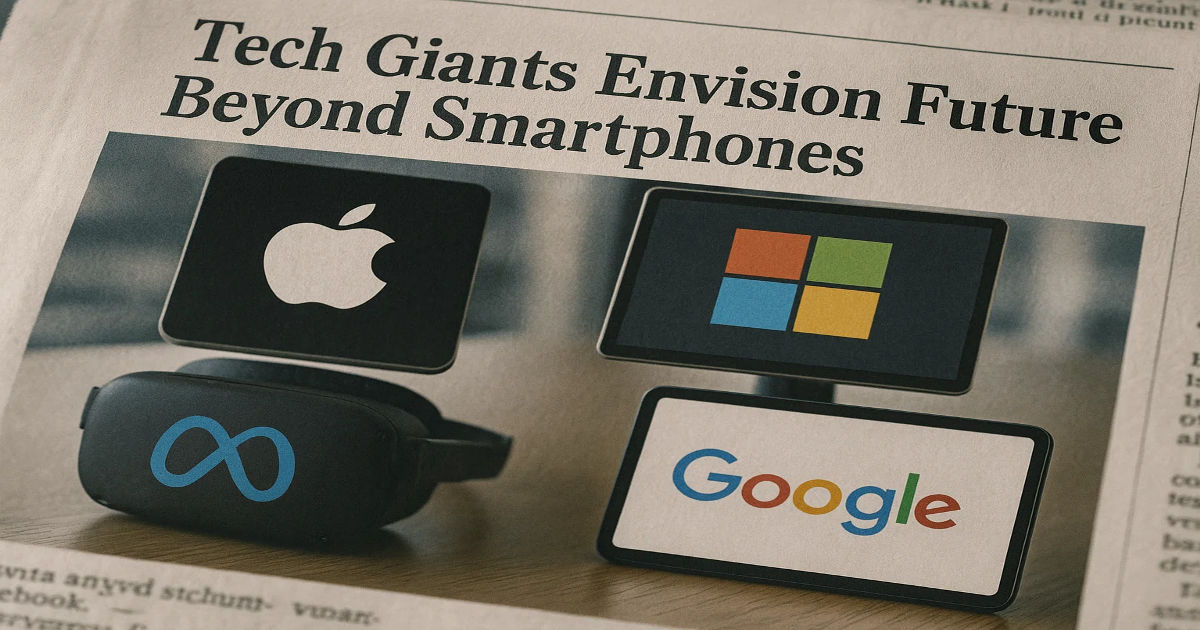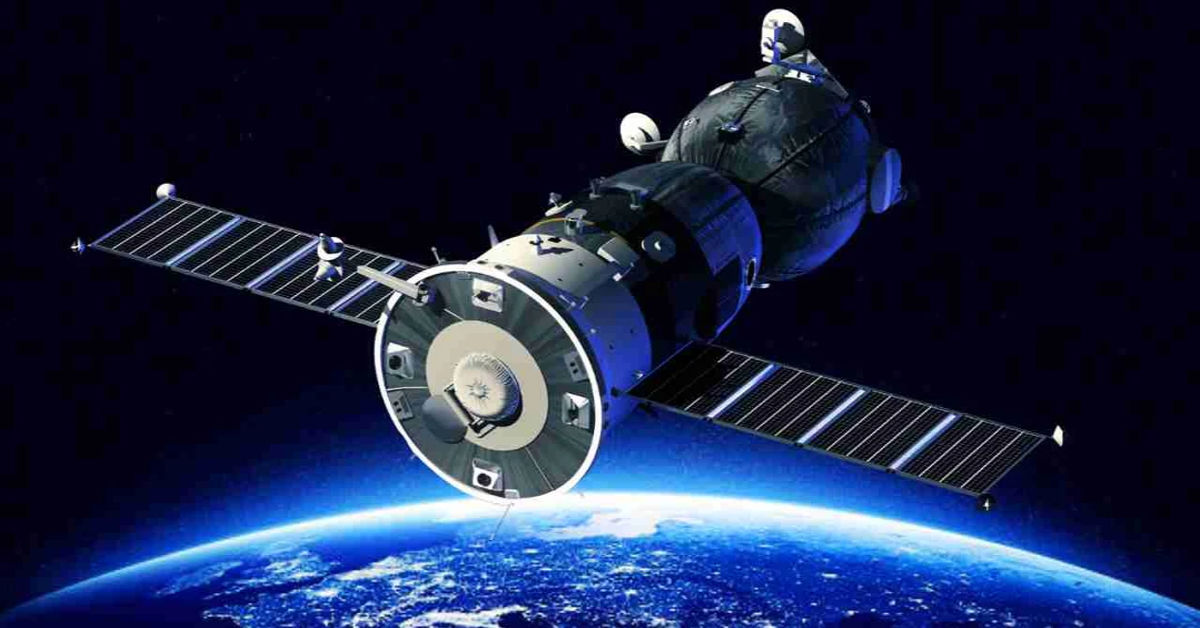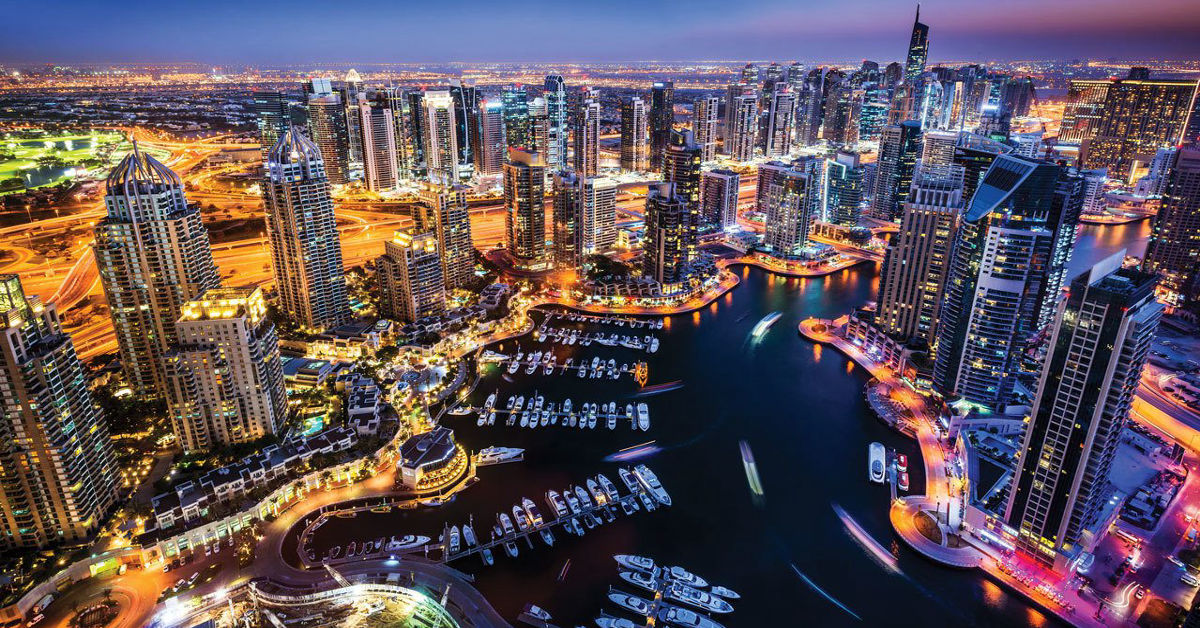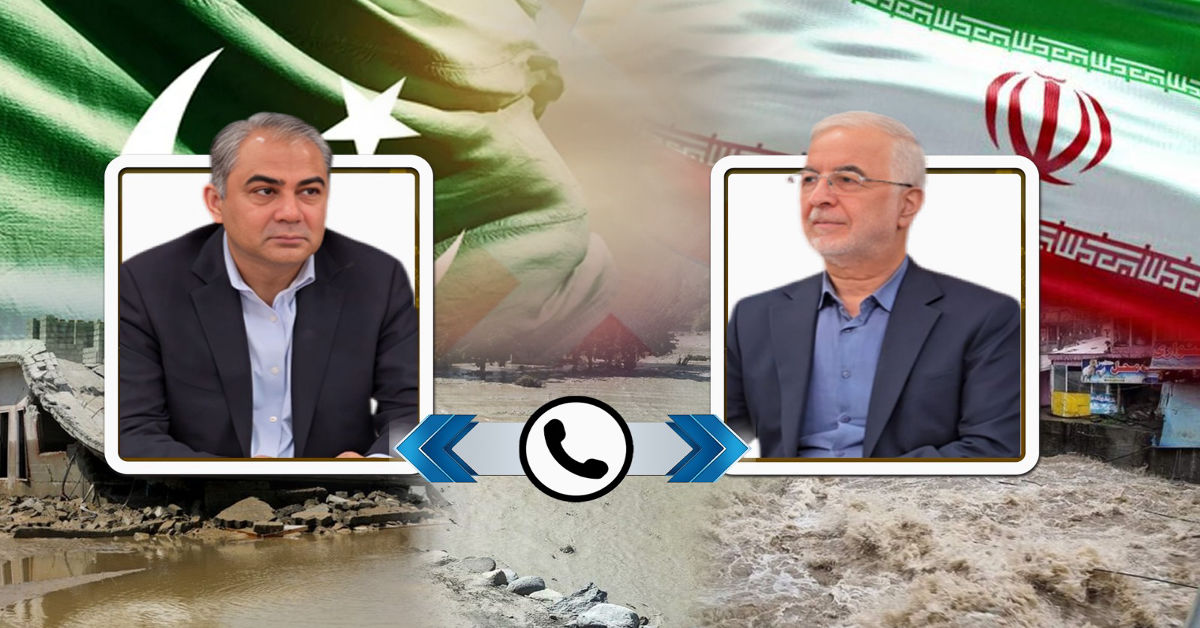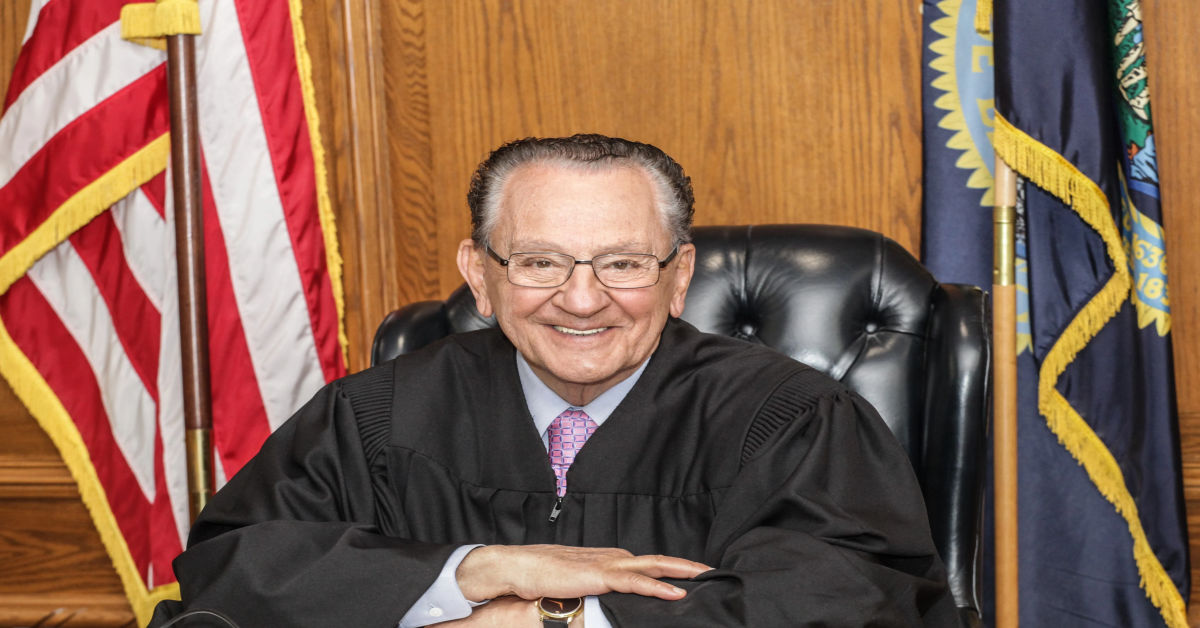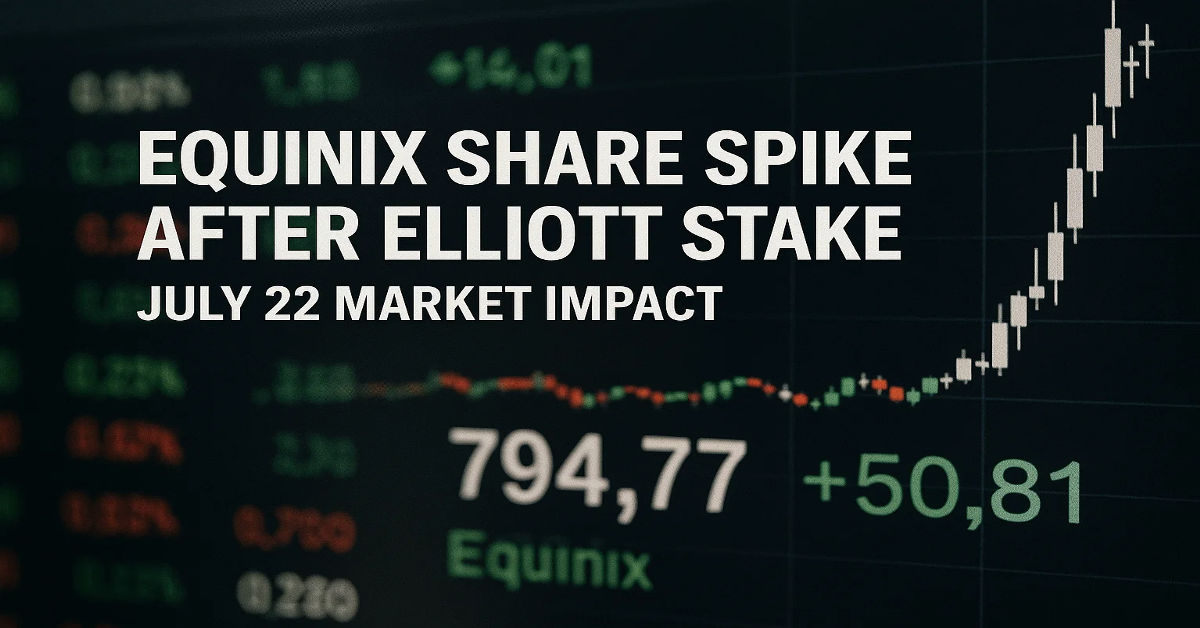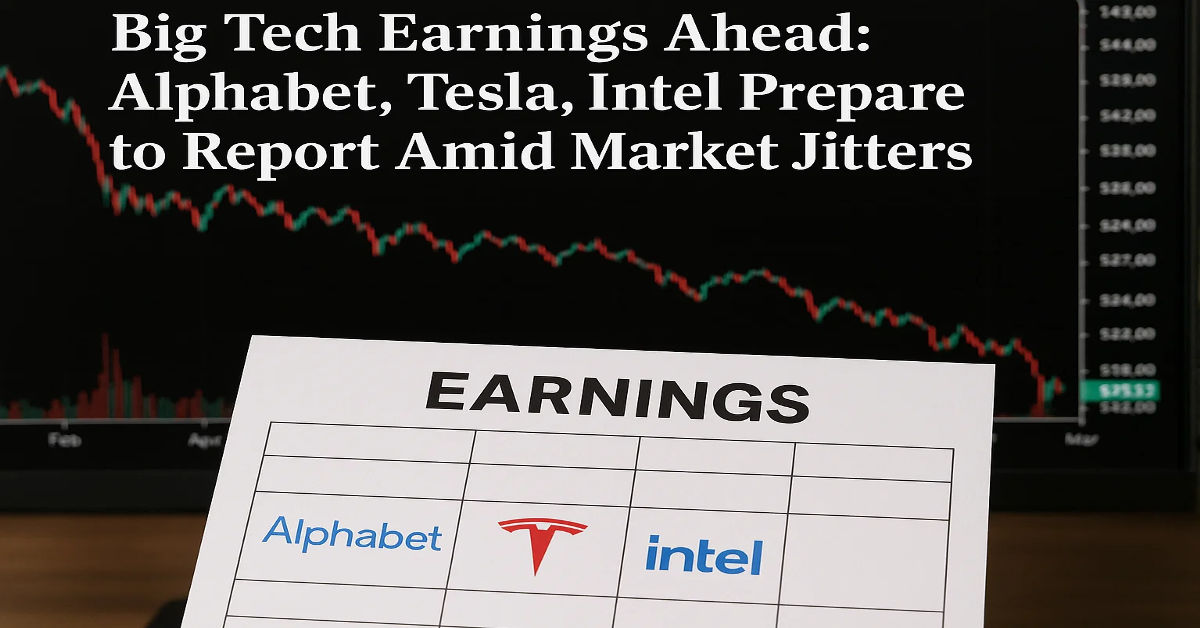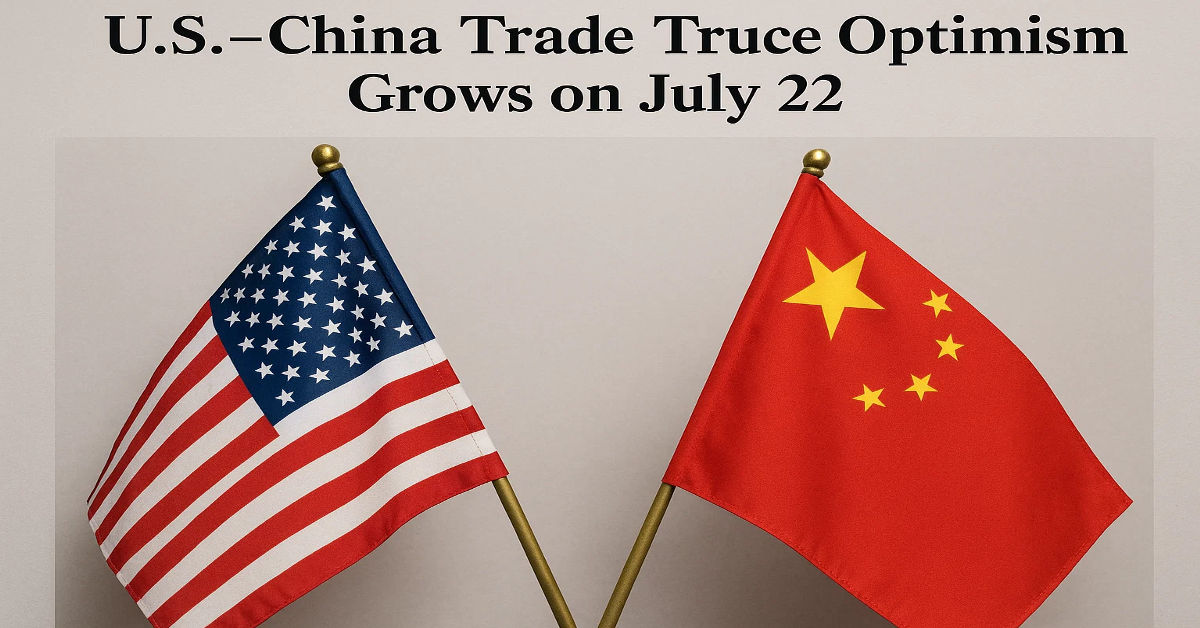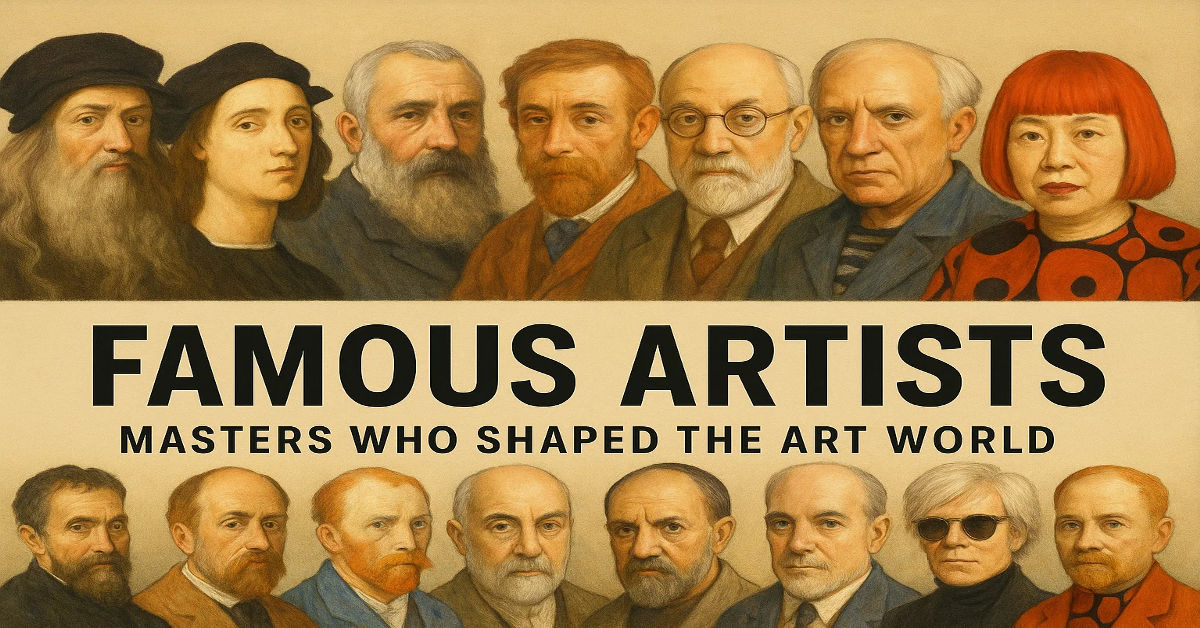
Art has the power to move us, challenge our perspectives, and immortalize moments in time. Throughout history, famous artists have created masterpieces that continue to inspire generations. From Renaissance masters to modern innovators, these creative visionaries have left indelible marks on culture, society, and human expression. Let’s explore the lives and works of iconic painters, sculptors, and artistic pioneers who transformed the world of art forever.
The Renaissance Giants Who Changed Everything
The Renaissance period produced some of history’s most celebrated artistic talents. Leonardo da Vinci stands as the ultimate Renaissance man, combining artistic genius with scientific curiosity. His paintings like the Mona Lisa and The Last Supper remain among the world’s most recognized artworks. Michelangelo’s sculptures, particularly David and the Sistine Chapel ceiling, showcase his mastery of human form and divine inspiration.
Raphael completed this trinity of Renaissance excellence with his perfect balance of beauty and grace. His School of Athens demonstrates technical brilliance while celebrating human knowledge and philosophy. These masters established artistic techniques and standards that influence creators to this day.
Impressionist Revolutionaries Who Captured Light
The Impressionist movement brought fresh air to the stuffy art world of the 19th century. Famous artists like Claude Monet revolutionized painting by capturing fleeting moments and the effects of natural light. His Water Lilies series shows how artistic vision can transform ordinary subjects into extraordinary beauty.
Pierre-Auguste Renoir painted joyful scenes of everyday life, while Edgar Degas captured dancers and urban scenes with remarkable sensitivity. These painters moved art away from formal studio settings into the vibrant world of real life, forever changing how we see and create visual art.
Post-Impressionist Innovators and Their Bold Visions
Building on Impressionist foundations, post-Impressionist artists pushed boundaries even further. Vincent van Gogh’s emotional intensity and swirling brushstrokes created deeply personal artworks that speak to the human soul. Despite selling only one painting during his lifetime, van Gogh is now considered one of history’s greatest artistic minds.
Paul Cézanne’s geometric approach to natural forms laid groundwork for modern art movements. His careful study of color relationships and form influenced countless future artists. Henri de Toulouse-Lautrec captured Parisian nightlife with wit and compassion, creating iconic posters that blend fine art with commercial appeal.
Modern Art Pioneers Who Broke All the Rules
The 20th century brought radical artistic experimentation. Pablo Picasso co-founded Cubism, fragmenting reality into geometric shapes that challenged traditional representation. His Les Demoiselles d’Avignon shocked the art world and opened doors to abstract expression.
Henri Matisse led the Fauvist movement, using wild colors and bold brushstrokes to create emotionally powerful works. These modern pioneers proved that art could be more than realistic representation it could express ideas, emotions, and new ways of seeing the world.
Contemporary Visionaries Shaping Today’s Art Scene
Banksy’s street art combines social commentary with artistic skill, proving that powerful art can exist outside traditional galleries. Today’s famous artists continue pushing boundaries and exploring new mediums. His mysterious identity only adds to the intrigue surrounding his politically charged works.
Yayoi Kusama’s infinity rooms and polka-dot installations create immersive experiences that transport viewers into other worlds. Contemporary artists use technology, social media, and unconventional materials to create art that speaks to modern audiences while addressing current social issues.
American Masters Who Defined a Nation’s Artistic Identity
American art came into its own during the 20th century. Georgia O’Keeffe’s flower paintings and southwestern landscapes captured the essence of American natural beauty. Her precise, sensual style made her one of America’s most beloved painters.
Jackson Pollock revolutionized painting with his drip technique, creating abstract expressionist works that embodied American energy and freedom. Andy Warhol brought pop art to the mainstream, blending commercial imagery with fine art to comment on consumer culture and celebrity obsession.
The Digital Revolution in Artistic Expression
Technology has transformed how artists create and share their work. Digital art, virtual reality installations, and AI-assisted creativity represent exciting new frontiers. Artists like Rafael Lozano-Hemmer use interactive technology to create participatory art experiences that respond to viewers in real-time.
Social media platforms have democratized art sharing, allowing emerging artists to build global audiences without traditional gatekeepers. NFTs (Non-Fungible Tokens) have created new markets for digital art, though their long-term impact remains to be seen.
Art Movements That Revolutionized Creative Expression
Understanding major art movements helps us appreciate how artistic styles evolved. Surrealism freed artists from realistic constraints, allowing dreams and subconscious thoughts to influence creative expression. Artists like Salvador Dalí created impossible worlds that challenged viewers’ perceptions of reality.
Abstract Expressionism emerged from post-war America, emphasizing emotional expression over realistic representation. This movement established New York as a major art center and influenced generations of painters who prioritized feeling over form.
Conclusion
These creative visionaries have shaped how we see beauty, express emotions, and understand human experience. The influence of famous artists extends far beyond gallery walls. From ancient cave painters to contemporary digital artists, each generation builds upon previous innovations while adding unique perspectives.
Art continues evolving, reflecting changing technologies, social values, and human concerns. Whether through traditional mediums or cutting-edge digital tools, today’s artists carry forward the legacy of creative exploration and emotional expression that has defined great art throughout history.
FAQs
Who is considered the most well-known artist of all time?
Leonardo da Vinci is often regarded as the most famous artist due to his diverse talents and iconic works like the Mona Lisa.
What makes an artist famous?
Artistic talent, cultural impact, innovative techniques, and historical significance all contribute to an artist’s fame and lasting reputation.
Are there any famous living artists?
Yes, contemporary artists like Banksy, Jeff Koons, and Yayoi Kusama have achieved international recognition and commercial success.
How do art movements influence well-known artists?
Art movements provide shared philosophies and techniques that help artists develop their unique styles while contributing to broader cultural conversations.
What role does controversy play in artistic fame?
Controversial works often generate discussion and media attention, sometimes accelerating an artist’s path to recognition and historical significance.

